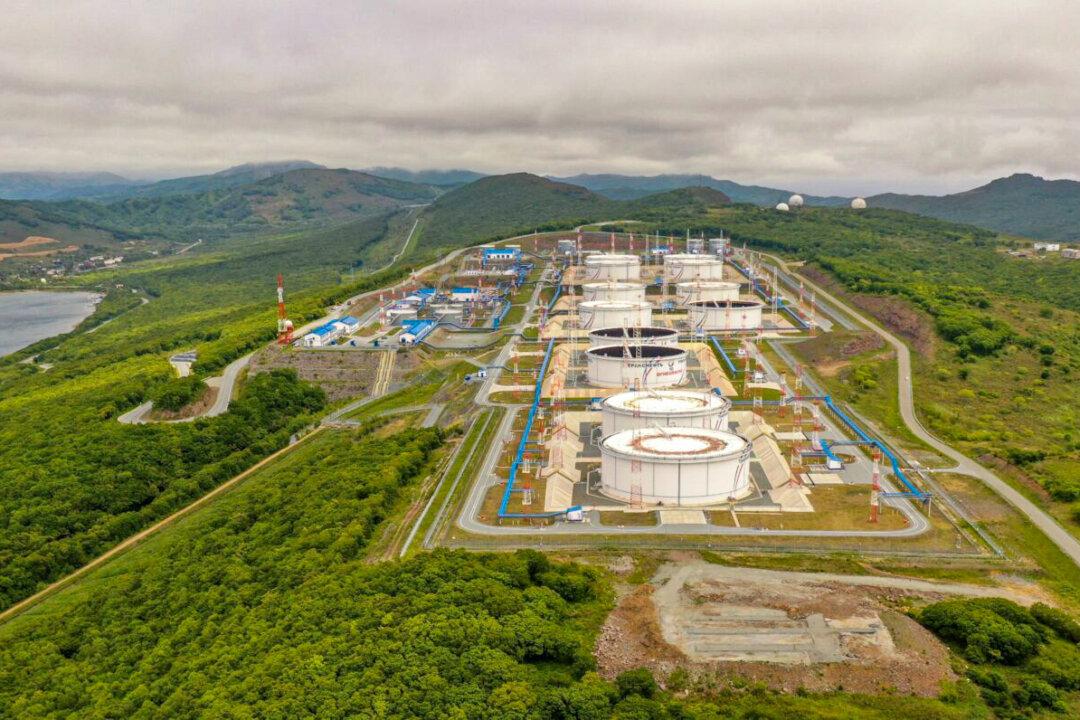Investment bank Citigroup is predicting oil prices to tumble by the end of the year if the world slips into a recession.
Crude oil prices could end up at $65 per barrel by the end of 2022, analysts from the bank said in a July 5 note, Bloomberg reported. By 2023, prices could collapse further to $45. The prediction is contingent on a decline in oil investment and the absence of any market intervention by OPEC+.





